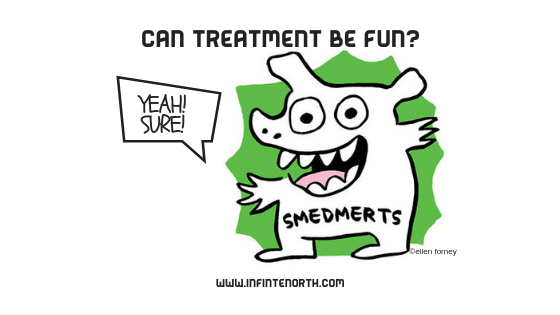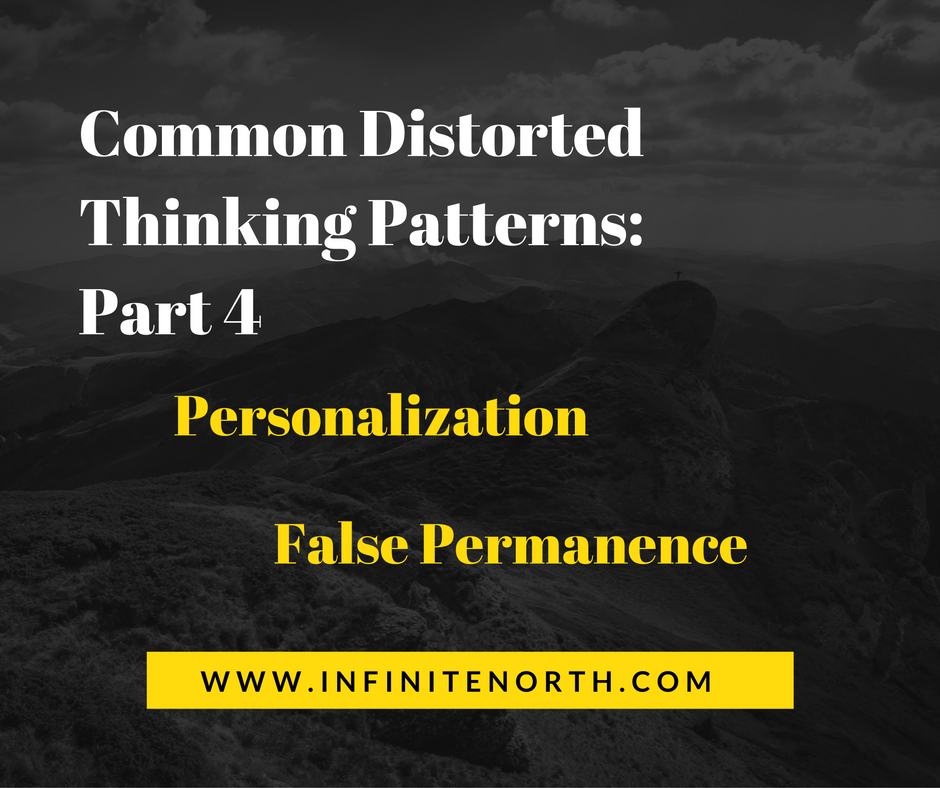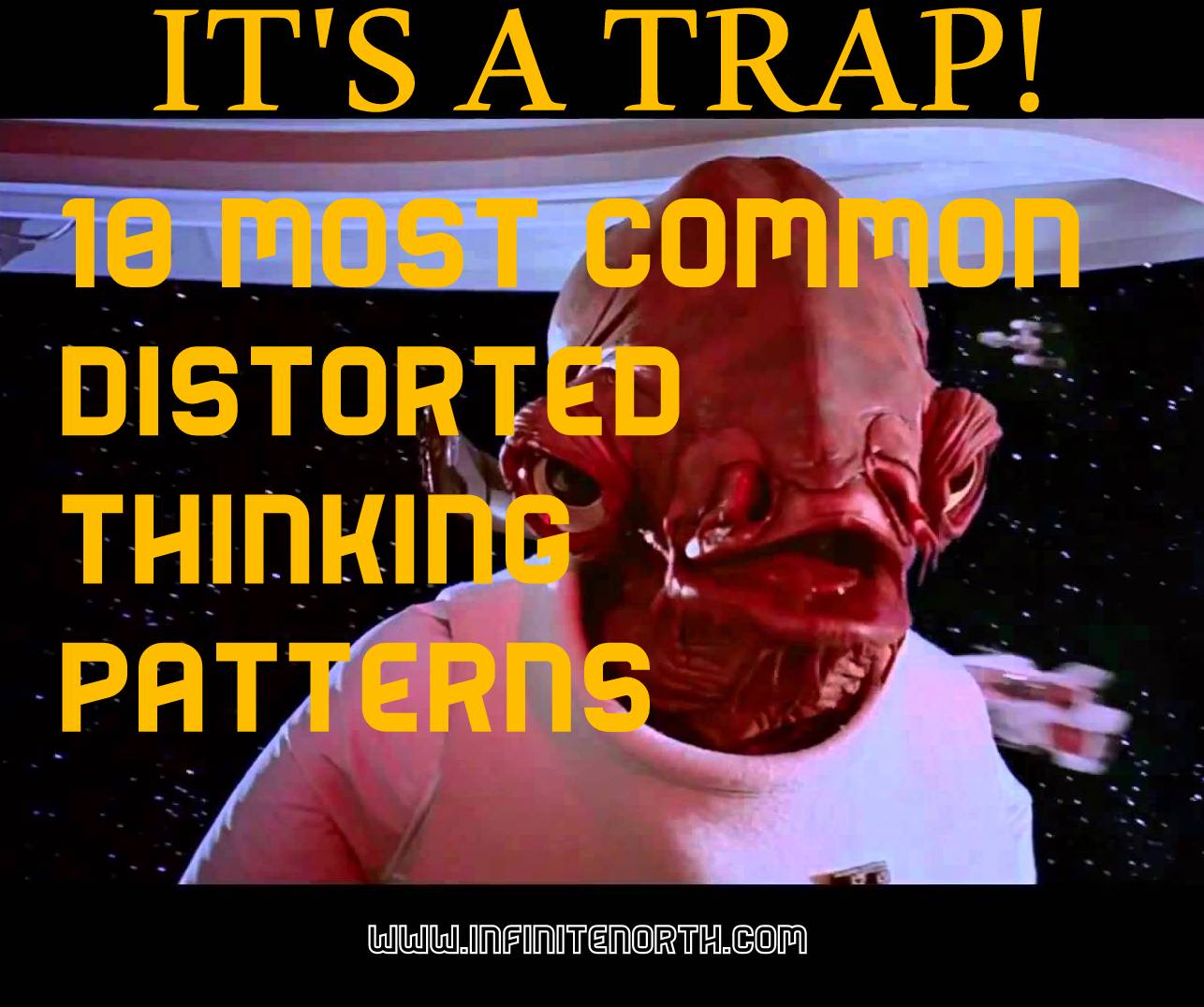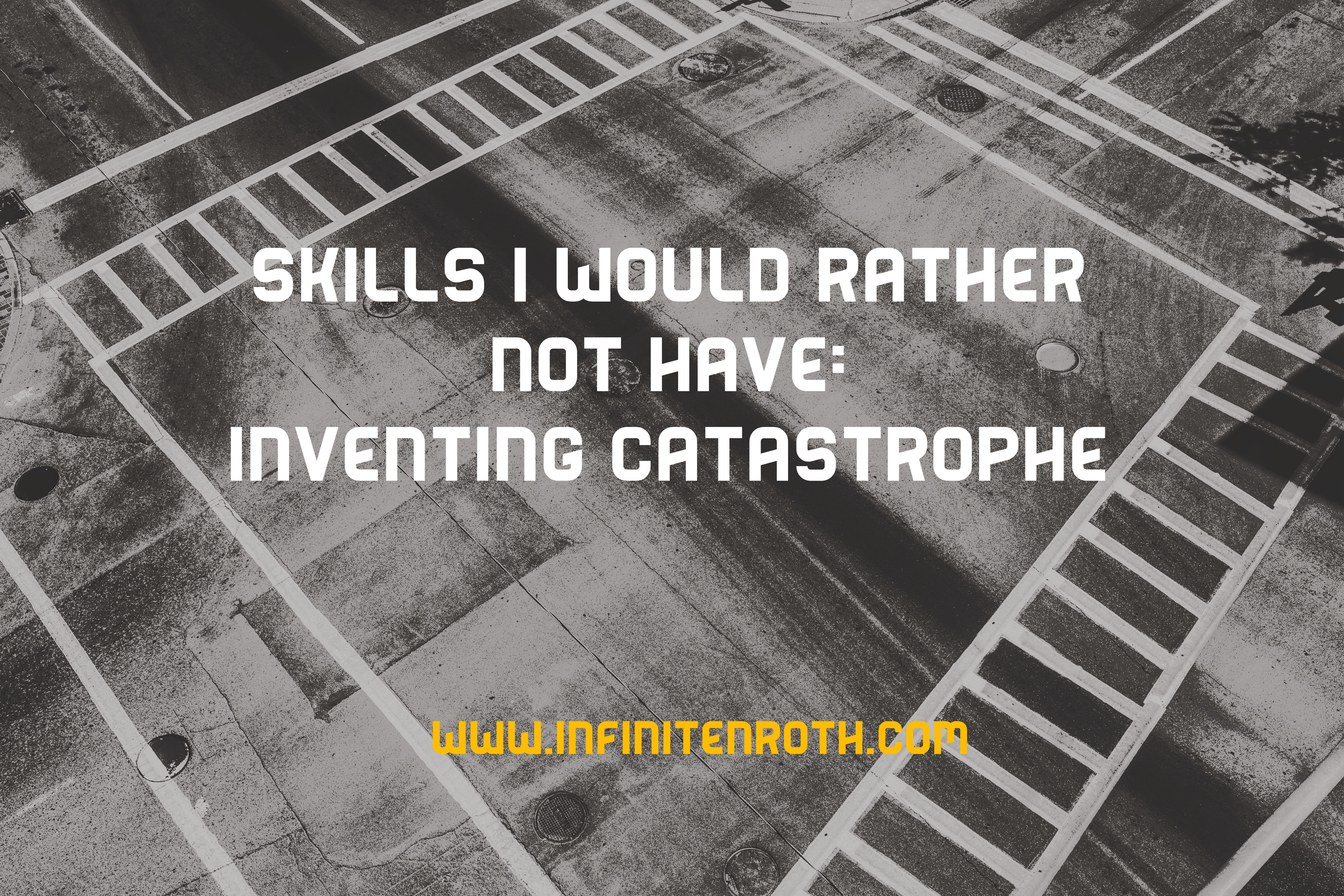When preparing for a test, a major component of being ready is about managing our stress effectively. That means making sure our body and mind are setting us up for success. By practicing these guidelines, testing can be much less painful.
1. Relax your body
Find a mindfulness or relaxation app (https://www.headspace.com/, https://www.calm.com/, https://breathball.com/) that helps you de-escalate from common symptoms of test anxiety (increased heart rate, dysregulated breathing, stomach aches, etc.). Once you’ve got the app, practice the skill of de-escalation. If you’re in a situation where you can’t use an app, simply focus on slow controlled breathing. Inhale through the nose for 5 seconds then exhale gently through the mouth for 5 seconds (repeat as necessary). Practice a minute or two of relaxation before during and after study sessions, and do the same thing for testing.
2. Manage your thoughts
When we experience stress or anxiety, our minds can become more rigid and it’s easier to believe distorted thoughts that are typically extremely unhealthy (i.e. “I’m gonna fail” “My life is over if I don’t ace this test” “What if I’m the only one that does badly on this test?” “I should have studied another 10 hours.”) Each of these examples will only intensify the emotional experience, leading to more suffering and probably worse performance. You can learn more about distorted thinking patterns and how to challenge them from the series of blogs starting here.
3. Align Your Behavior to How You Want to Think and Feel
Our behavior influences our thoughts and physiology, so sometimes we need to make sure our behavior isn’t becoming an obstacle on our path to a happy successful life. Engaging in nervous habits, distractions, avoidance, or procrastination tends to exacerbate the stress in the long term even if there is some mental and emotional relief in the short term. For example, Netflix and Youtube are designed to be highly effective distractors, yet when used to excess, time for things like studying and sleep can quickly be lost. Read more about how to avoid distraction and procrastination here: http://infinitenorth.com/avoidance-the-burden-of-dodging-burdens/
4. Willingness and Acceptance
Be willing to feel a little anxious and stressed about your test. School can be difficult and exams are intended to be a challenge in order to assess your understanding. Just because you’re worried, doesn’t mean you’re not prepared. If you constantly fight to not be anxious, or you consistently distract yourself from the discomfort of anxiety, you’ll end up enduring more suffering than you need to. You can find more information and a guided acceptance exercise here: http://infinitenorth.com/tricky-business-of-sincere-acceptance/
Through it all, be kind and patient with yourself.










